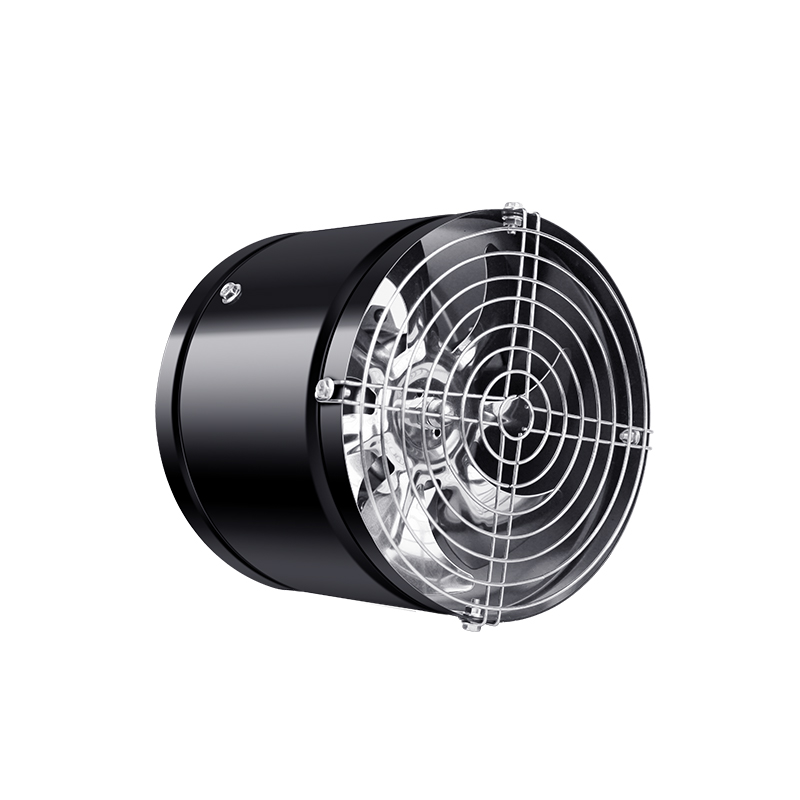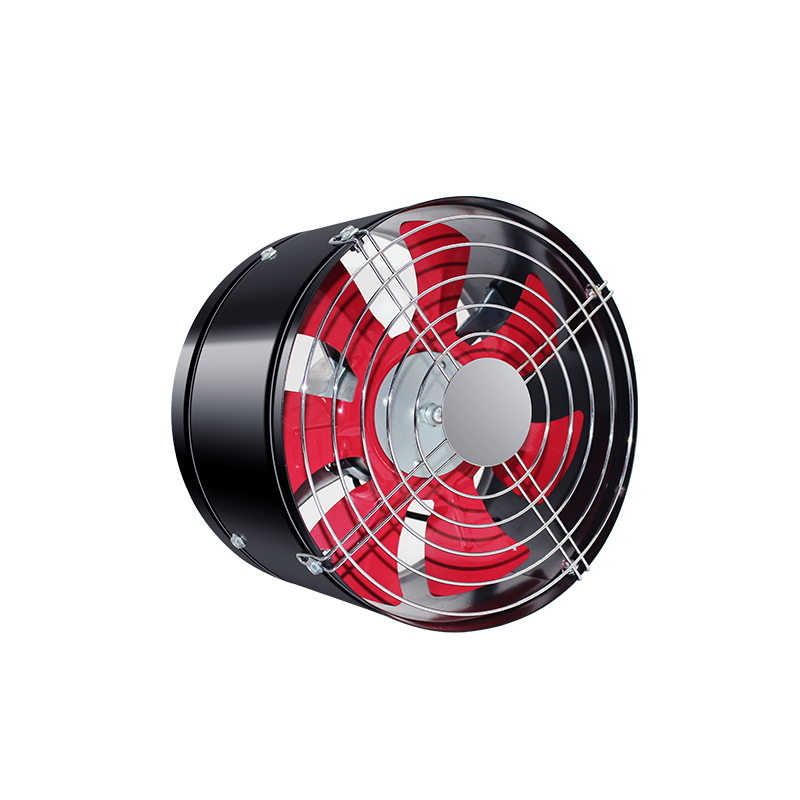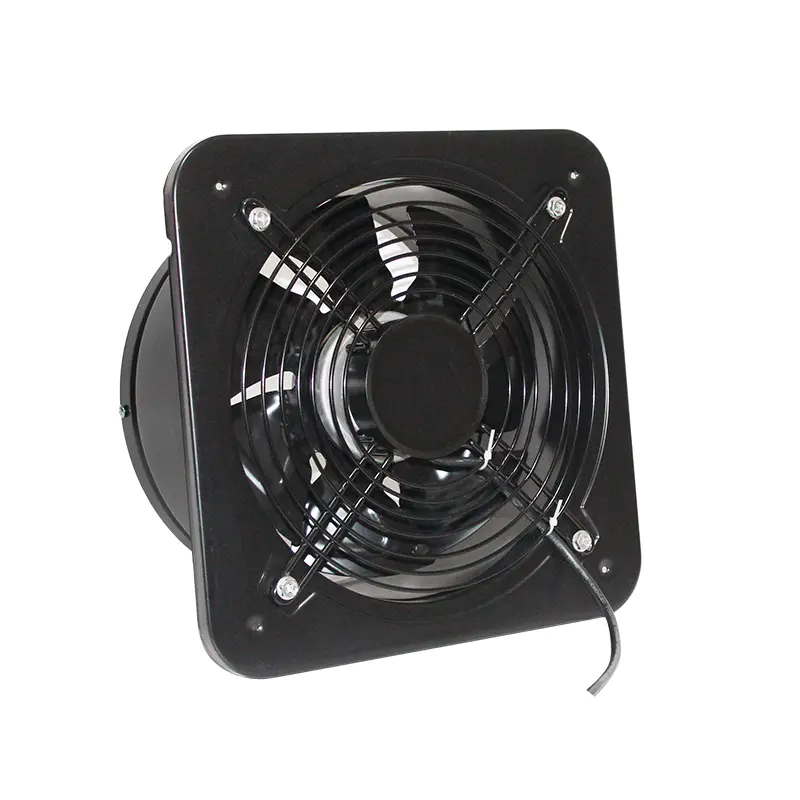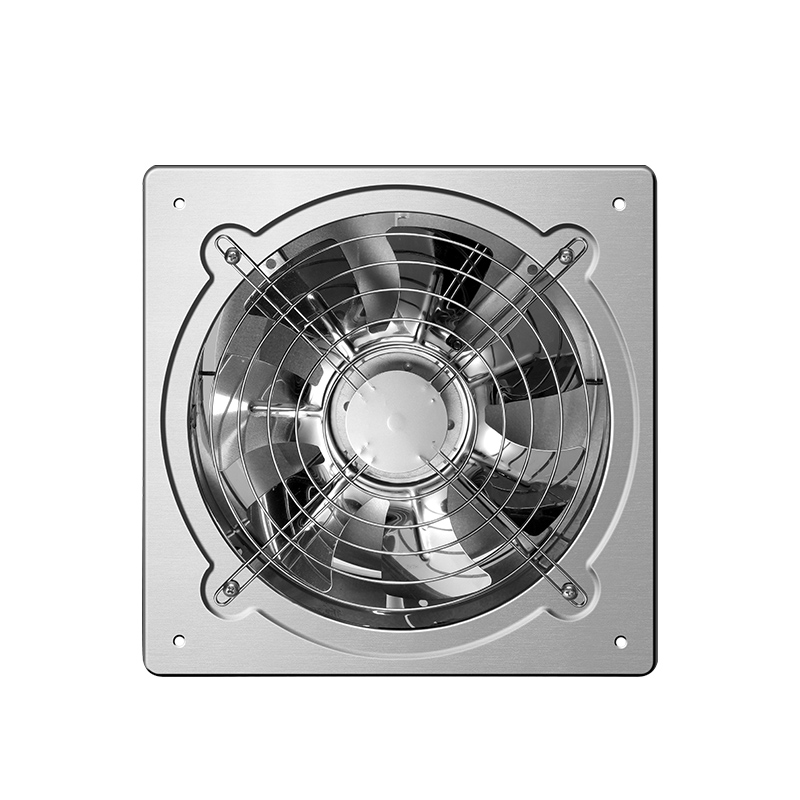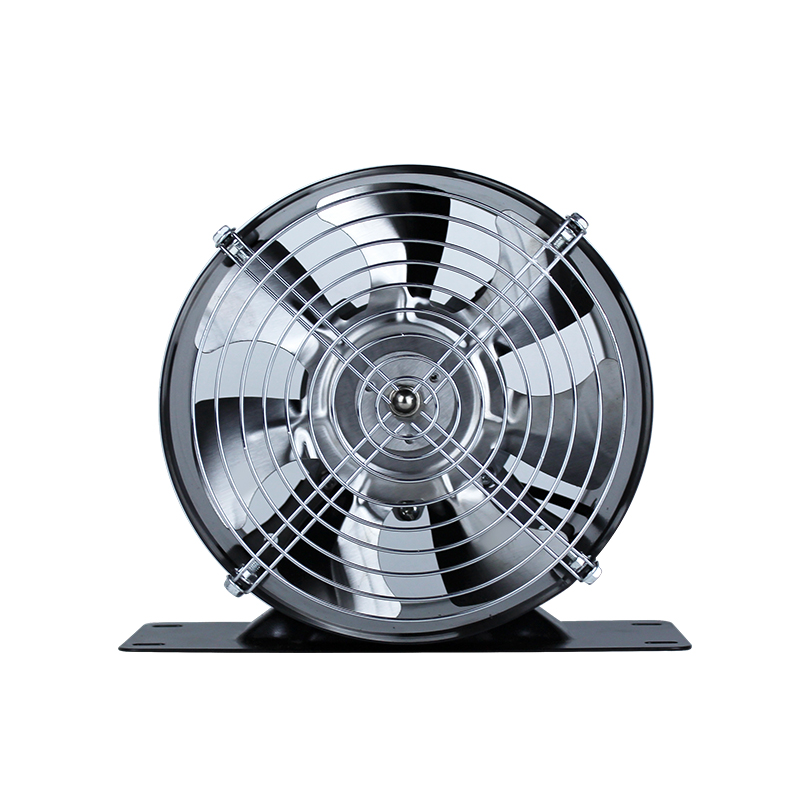News
Axial Flow Ventilation Fans: A Comprehensive Guide to Efficient Air Movement
Axial flow ventilation fans are a cornerstone of modern air management systems, renowned for their ability to move large volumes of air at relatively low pressures. Their simple yet effective design makes them indispensable in a wide range of applications, from industrial settings to agricultural and commercial buildings. This guide delves deep into the mechanics, selection criteria, and optimization strategies for axial flow ventilation fans, providing you with the expert knowledge needed to make an informed decision for your specific ventilation requirements. Understanding the nuances of these systems is key to achieving optimal airflow, energy efficiency, and a healthier environment.
What are Axial Flow Ventilation Fans?
An axial flow fan is a type of compressor that increases the pressure of the air flowing through it by using a series of angled blades mounted on a rotating hub. The air enters and exits the fan parallel to the shaft axis, hence the name "axial." This design is fundamentally different from centrifugal fans, where air changes direction. The primary advantage of this configuration is its high flow rate capability, making it perfect for applications that require moving a significant amount of air without needing to overcome high system resistance.
- Working Principle: The fan blades act like airplane wings. As they rotate, they create a pressure difference between the front and back of the blade, generating lift. This lift force is translated into a linear flow of air along the axis of the shaft.
- Key Components: The main parts include the impeller (blades and hub), the motor that drives the impeller, a protective guard, and a casing or ring to house the assembly.
- Common Configurations: These fans come in various setups, including panel fans, tube axial fans, and vane axial fans, each designed to improve efficiency or static pressure performance in different ways.
Benefits of Using Industrial Axial Fans
Choosing the right ventilation solution is critical for operational success. Industrial axial fans offer a unique set of advantages that make them the preferred choice for heavy-duty applications where volume trumps pressure. Their robust construction and efficient operation directly contribute to lower operational costs and improved working conditions.
- High Airflow Efficiency: They excel at moving vast quantities of air, making them ideal for general ventilation, fume extraction, and process cooling in large spaces like warehouses and factories.
- Energy Efficiency: For high-flow, low-pressure applications, axial fans typically consume less energy compared to centrifugal fans of similar size, leading to significant cost savings over time.
- Cost-Effectiveness: Generally, axial fans have a simpler design and are less expensive to purchase and install than other fan types with comparable airflow ratings.
- Space-Saving Design: Their compact and often cylindrical form factor allows for installation in tight spaces, such as walls, ducts, or ceilings, without requiring complex ductwork.
Key Factors for Choosing a High Volume Low Pressure Fan
Selecting the appropriate high volume low pressure fan requires a careful analysis of your specific environment and needs. A mismatch between the fan's performance and the system's requirements can lead to inefficiency, higher energy bills, and inadequate ventilation. The following criteria are paramount in guiding your selection process to ensure optimal performance and longevity.
- Airflow Capacity (CFM or m³/h): This is the volume of air the fan can move per minute. Calculate the required airflow based on the size of the space and the desired air changes per hour (ACH).
- Static Pressure (in. wg or Pa): This measures the resistance the fan must overcome. Systems with long ducts, filters, or loures have higher static pressure. Axial fans are best for low static pressure applications.
- Fan Size and Speed: Larger fan diameters generally move more air at lower speeds, which can reduce noise levels. Consider the physical constraints of your installation site.
- Noise Level (dB): In occupied spaces, the acoustic performance of the fan is a critical factor. Look for models designed for quiet operation if noise is a concern.
Performance Comparison: Key Specifications
To aid in the selection process, the table below provides a simplified comparison of typical performance ranges for different sizes of axial fans in low-pressure scenarios. Remember, actual performance will vary by manufacturer and specific model.
| Fan Diameter (mm) | Typical Airflow Range (m³/h) | Typical Static Pressure Range (Pa) | Common Applications |
| 315 | 1,200 - 2,500 | 10 - 60 | Small workshops, bathrooms |
| 500 | 4,000 - 7,000 | 15 - 80 | Garages, kitchens, medium rooms |
| 630 | 8,000 - 15,000 | 20 - 100 | Large halls, commercial spaces |
| 800 | 15,000 - 30,000 | 25 - 120 | Industrial buildings, warehouses |
Energy Efficient Axial Exhaust Fan Options
In an era of rising energy costs and environmental awareness, efficiency is no longer a luxury but a necessity. Modern energy efficient axial exhaust fan options incorporate advanced technologies that significantly reduce power consumption without compromising on performance. Investing in an efficient system promises a rapid return on investment through lower electricity bills.
- EC (Electronically Commutated) Motors: These are the pinnacle of fan motor technology. EC motors are brushless, high-efficiency motors that use permanent magnets and integrated speed control. They can be up to 50% more efficient than traditional AC motors.
- Aerodynamically Optimized Blades: The design and pitch of the blades are engineered using computational fluid dynamics (CFD) to maximize airflow while minimizing drag and turbulence, which directly reduces the power required.
- Variable Speed Drives: The ability to adjust the fan speed to match the exact ventilation demand is a game-changer. Instead of running at full speed constantly, the fan slows down when full power isn't needed, leading to massive energy savings.
Installation and Maintenance Tips for Axial Roof Extract Fans
Proper installation and regular maintenance are the bedrock of reliability and performance for any mechanical system. This is especially true for axial roof extract fans, which are exposed to the elements and play a critical role in building pressure regulation and heat evacuation. A well-executed installation and a consistent maintenance schedule prevent common issues and extend the fan's service life.
- Professional Installation: Ensure the fan is mounted on a level, structurally sound curb or frame. The roof penetration must be properly sealed to prevent leaks. Electrical connections must be made by a qualified electrician following all local codes.
- Weatherproofing: Since they are roof-mounted, these fans must be equipped with weather covers or hoods to prevent rain, snow, and debris from entering the building and damaging the fan motor.
- Regular Cleaning: Dust and debris accumulation on the blades and guard unbalance the fan and reduce efficiency. Schedule periodic cleaning based on the environment's dust levels.
- Bearing and Motor Checks: Listen for unusual noises that may indicate worn bearings. For belt-driven models, check belt tension and alignment regularly. Lubricate motors as specified by the manufacturer.
FAQ
What is the difference between an axial fan and a centrifugal fan?
This is a fundamental question in fan selection. The core difference lies in the direction of airflow and their performance characteristics. Axial fans move air parallel to the fan's axis (in a straight line). They are designed for high airflow volumes against very low static pressure, making them ideal for general ventilation, exhaust, and cooling in relatively free-air applications. Centrifugal fans, on the other hand, move air perpendicular to the intake axis, using a spinning impeller to accelerate air outward. They generate higher pressures, making them suitable for systems with ductwork, filters, and other forms of resistance. Choose axial for volume and centrifugal for pressure.
How do I calculate the size of an axial fan I need for my warehouse?
Sizing an axial fan involves calculating the required airflow, measured in Cubic Feet per Minute (CFM) or Cubic Meters per Hour (m³/h). The most common method is the Air Changes per Hour (ACH) method. First, calculate the volume of your warehouse (Length x Width x Height). Then, determine the number of air changes needed per hour; this value depends on the use of the space (e.g., a warehouse might need 6-10 ACH, while a paint booth may need 60-100 ACH). Multiply the volume by the desired ACH value to get the total hourly airflow. Finally, divide this number by 60 to get the required CFM. It is highly recommended to consult with a ventilation engineer for precise calculations that account for heat loads, obstructions, and specific contaminants.
Are axial fans energy efficient?
Yes, modern axial fans can be highly energy-efficient, particularly when equipped with advanced motor technology like Electronically Commutated (EC) motors. The inherent efficiency of an axial fan comes from its direct airflow path. The key to maximizing efficiency is to match the fan precisely to the application. Using a fan that is too large wastes energy, while one that is too small will run constantly at full speed without achieving the desired result. Furthermore, integrating variable speed controls allows the fan to operate only at the necessary speed, reducing energy consumption dramatically during periods of lower demand, sometimes by over 50% compared to single-speed models.
What maintenance does an axial flow fan require?
Axial flow fans are relatively low-maintenance, but regular upkeep is essential for peak performance and longevity. The primary maintenance task is cleaning. The blades, guard, and housing should be inspected and cleaned periodically to remove dust, grease, or debris that can cause imbalance and vibration. For belt-driven models, check belts for wear and proper tension. Motor bearings may need lubrication as per the manufacturer's schedule, though many modern fans feature sealed, maintenance-free bearings. It's also crucial to periodically check that all electrical connections are tight and that the fan is securely mounted. An annual professional inspection is advisable for critical industrial applications.
Can axial fans be used for fume extraction?
Axial fans are commonly used for fume and smoke extraction in various settings. Their ability to move large volumes of air quickly makes them effective for diluting and removing light to moderate concentrations of airborne contaminants, heat, and smoke from spaces like workshops, kitchens, and welding areas. However, caution is advised. They are not suitable for extracting highly corrosive, explosive, or sticky fumes that can damage the fan components or pose a fire risk. For harsh or hazardous fume extraction, specially constructed fans made from corrosive-resistant materials like polypropylene or with spark-proof construction are required. Always ensure the fan's construction is compatible with the specific contaminants being handled.


 English
English 中文简体
中文简体
